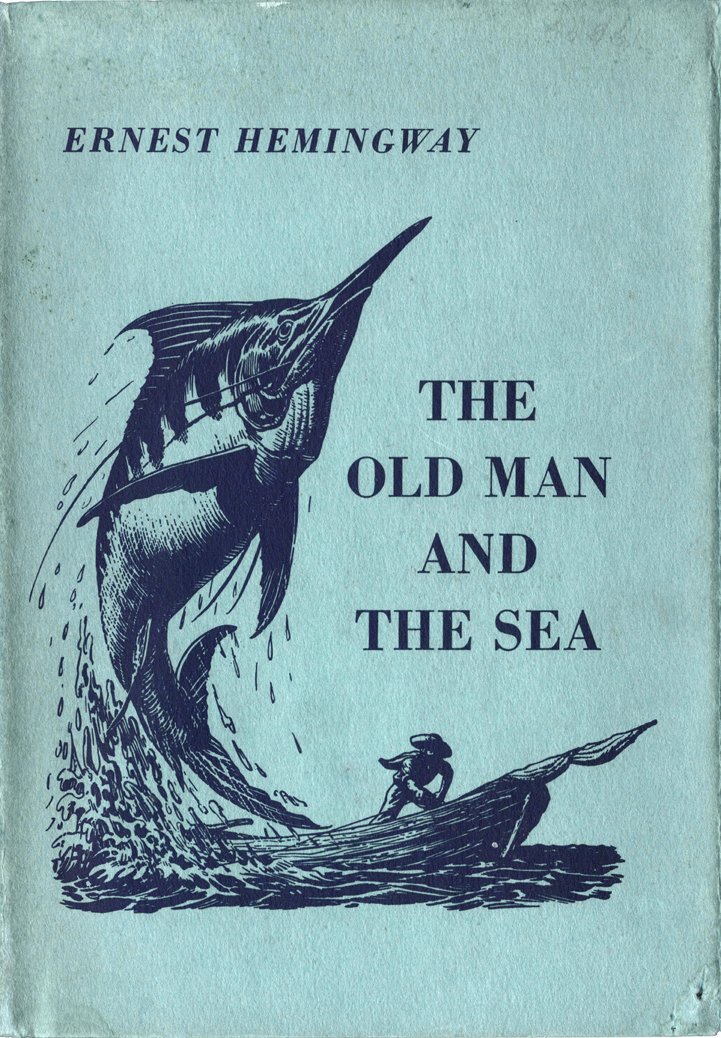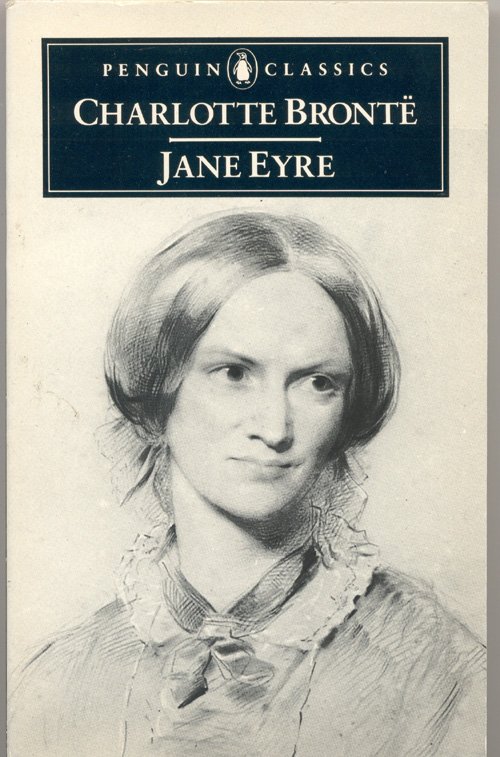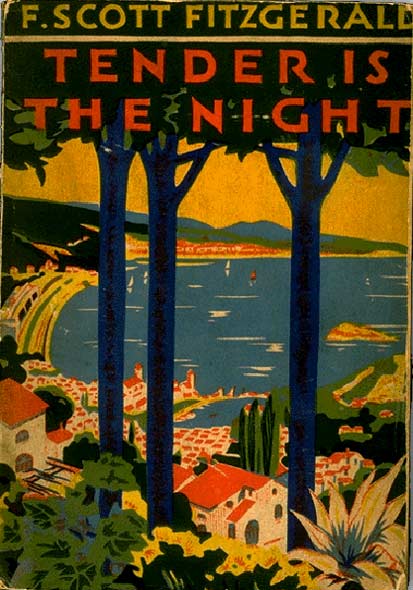Introducing: 4 Clichéd Novels for the New College Student
College reading lists are usually obvious, clichéd and a little pretentious. Even James Franco’s Yale reading list seems largely predictable. But, Like James Franco, we should embrace pretension from time to time to remind ourselves of the genius that elevated the works to this status in the first place. If you haven’t read any of these four yet, here is why they’re a must.
Slaughterhouse Five by Kurt Vonnegut

Vonnegut’s name is well known among “cool” people, and many pretend to have read either Cat’s Cradle or Slaughterhouse Five. A lot of his work is science fiction-y which can be off-putting for some. However, his sharp sarcasm and simplistic style is highly readable, and despite its initial apathetic tone, Slaughterhouse Five a deeply impactful book.
It revolves around the concept of freedom, and how freedom is a deeply psychological concept, not simply a physical or political one. Vonnegut attempts this with the use of time travel as Billy has no control over when he relives his memories of World War two, resulting in the novel read as though Billy is experiencing the war along with his life outside of it. His capture by the Tralfmadorians causes Billy to become even more detached from his life, abandoning any notions of free will and freedom and believing that everything in life and war is inevitable.
Death appears to be the key to Billy’s sense of entrapment. He was surrounded by it while imprisoned during the war, and that stays with him throughout his life. The idea that one can be killed at any moment gives the ultimate sense of powerlessness and challenges the idea of free will. This seems to make Billy feel as though life itself is trapping him in this sense of powerlessness, as he has no control over when he will die. Billy’s helplessness and powerlessness is frequently emphasised throughout the novel. As a soldier he was “powerless to harm the enemy or to help his friends,” a feeling he never escapes.
Much later in his life when he is in hospital following a plane crash in which all other passengers, including his father-in-law, die, and the patient next to him complains “All he does in his sleep is quit and surrender and apologize and ask to be left alone.” The desire to “quit,” “surrender” and “be left alone” illustrates how Billy still strongly feels as trapped as he did in war. ‘Surrender’ is a term used with regard to war and battle, but even though he is no longer a prisoner of war he still wants to ‘quit.’ While on paper this may sound like a depressing read, Vonnegut’s liberal use of satire, as well as Billy’s refusal to pity himself (or anyone), makes the novel feel cathartic and oddly hopeful.
The Old Man and the Sea by Ernest Hemingway

This is one of those books that almost everyone has read – Even Kourtney and Kim Kardashian read this in high school. And when you read it you will understand why. The novella has been heralded as a beautifully ecologically sympathetic tale of man’s struggle for power over nature as well as symbolic of the struggle of the human soul. The sea has long been a symbolic space in literature, and while Hemingway’s text certainly evokes symbolic readings, I believe the text’s resistance of a single interpretation is due to its core philosophy that man must find spiritual meaning in life while respecting the position of all other living things in nature.
As modernity advances, human beings think that they are gaining more and more control over nature, but this text reminds us that this notion is often just our own interpretation of the world and everything in it. Hemingway recognises the power and potential of the sea as a symbolic space, as well as the power of the sea in its own right, independent of human interpretation and inscription. Hemingway establishes a sense of solidarity between the old man’s soul and the sea.
Though his body is damaged and beaten, Santiago endures. Both he and the fish are wounded at the same time but continue to endure, with Santiago even saying aloud to the fish “I will stay with you until I am dead” (38). Santiago and the fish suffer together, with him frequently identifying with the fish in a way that suggests that it is symbolic of the old man’s soul. This being said, however, there are moments in the text that refuse this kind of symbolic reading. Throughout the novella Santiago constantly ruminates over the strength of the fish being greater than his own.
For the duration of his struggle at sea with the marlin, Santiago narrates what he wants to happen and what he wants the fish to do. “Eat it so that the point of the hook goes into your heart and kills you, he thought. Come up easy and let me put the harpoon into you.” But when he tries to harpoon the marlin, “nothing happened. The fish just moved away slowly and the old man could not raise him an inch” (31). Many moments like this reject any kind of symbolic reading and shows that the fish is not completely at the mercy of man and does not have to submit to his will, either as an ideological symbol or as prey to be hunted and killed.
Jane Eyre by Charlotte Brontë

What makes this book so enduringly popular is that it more than the tale of patriarchy-bashing and female liberation, but a lesson in self-respect. Retrospectively the standards women were held to and what they were suppressed in doing seems ridiculous, but many women actually agreed with them. During this time women writers were put under immense pressure to write only romance novels from both their publishers and the public as “affairs of the heart” were all they knew. Bronté’s own publisher urged her to rewrite the ending of Vilette so it would “convey the spirit of romance” and be “far more flowery and inviting.” She of course refused, but there were some women writers who supported the idea that women should stick to what they know. British writer Anne Mozley claimed that the best women writers were ones who write about “subjects especially open to feminine treatment.”
The types of women depicted in the novel are dependant and shallow or religiously rigid and self-controlling (and of course the common working-class and obedient servant). Are these, then, the only options for a woman? Devoted servitude, or shallow indolence? It appears that a woman must choose between meaningless leisure and constant toil in order to secure a future for herself. Jane’s self-respect, which is evident throughout the novel, is too strong to allow this. “I care for myself. The more friendless, the more solitary, the more unsustained I am, the more I will respect myself.” Jane is shown to have enough self-respect to stand up for her right to happiness even as a child, and the novel traces how time and again in her life this right is threatened by men who attempt to subdue her.
Bront?’s message is that women do not have to sacrifice their integrity or happiness and submit to men to secure a future for themselves. Even with her strong self-respect and finely tuned self-awareness, Jane is not radically unlike the stereotypical Victorian woman. She has lived a life of servitude and moral purity. The novel does not protest against a life of service for women – Jane willingly accepts to be headmistress of the school, and also willingly takes on the life of caring for a now blind and mutilated Rochester. The novel instead shows society that women should be free to make their own choices, and shows women that they should demand their right to make these choices.
Tender is the Night by F. Scott Fitzgerald

This novel has all of the glittering excess of The Great Gatsby, but with a more nuanced look at the psyches of his 1920s characters. Nicole meets Dick, a psychoanalyst, while being treated at a Swiss sanitarium after being raped by her father. Fitzgerald’s use of non-chronological structure makes the novel feel more like a psychological exploration; book one shows us the couple enjoying the French Riviera with friends and ends with Dick cleaning up the scene of a murder in a friend’s hotel room. When he passes the bloody bed sheets to Nicole to wash, it results in her having an episode. Nicole cries to Dick, “it’s you come to intrude on the only privacy I have in the world—with your spread with red blood on it. I’ll wear it for you—I’m not ashamed, though it was such a pity.” It is hard to argue that this moment is not about her repressed trauma. We see this moment before the flashback to Nicole and Dick in the sanatorium, which gives the novel the structure of replicating Nicole’s repressed trauma surfacing.
The third section sees Nicole very gradually coming to terms with her trauma. She begins to recede from Dick and her love for him dwindles, and she also begins to come to terms with her cycle of re-enacting her traumatic relationship with her father. As chapter seven progresses, she faces her repressed trauma more directly, even saying to Dick, “Am I going through the rest of life flinching at the word ‘father’?”(422) Nicole is eventually able to face with her trauma and distance herself from the hedonistic culture of the time and indeed the chaotic world of Dick’s drinking. The temporal structure of the novel coincides with Nicole’s psychological crisis and recovery, but we also see how war as scarred Dick’s sense of masculinity and pride as he did not actually fight, but served as a doctor. The novel was revised and published with a chronological structure because at the time readers found it jarring, but I recommend the original version as it is a reminder of the power of chronology and creativity in storytelling.
Featured Image Source – Salon.com

